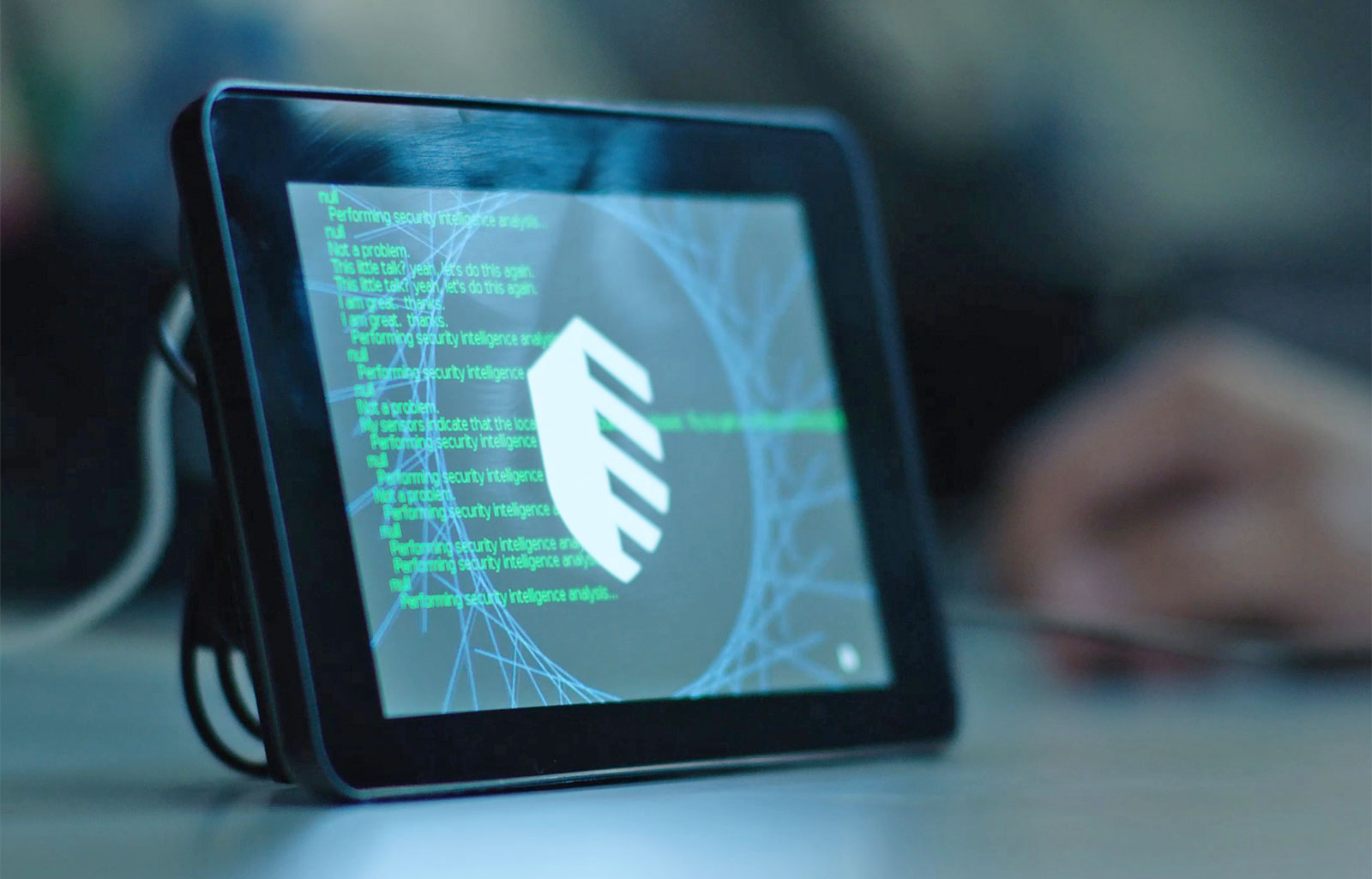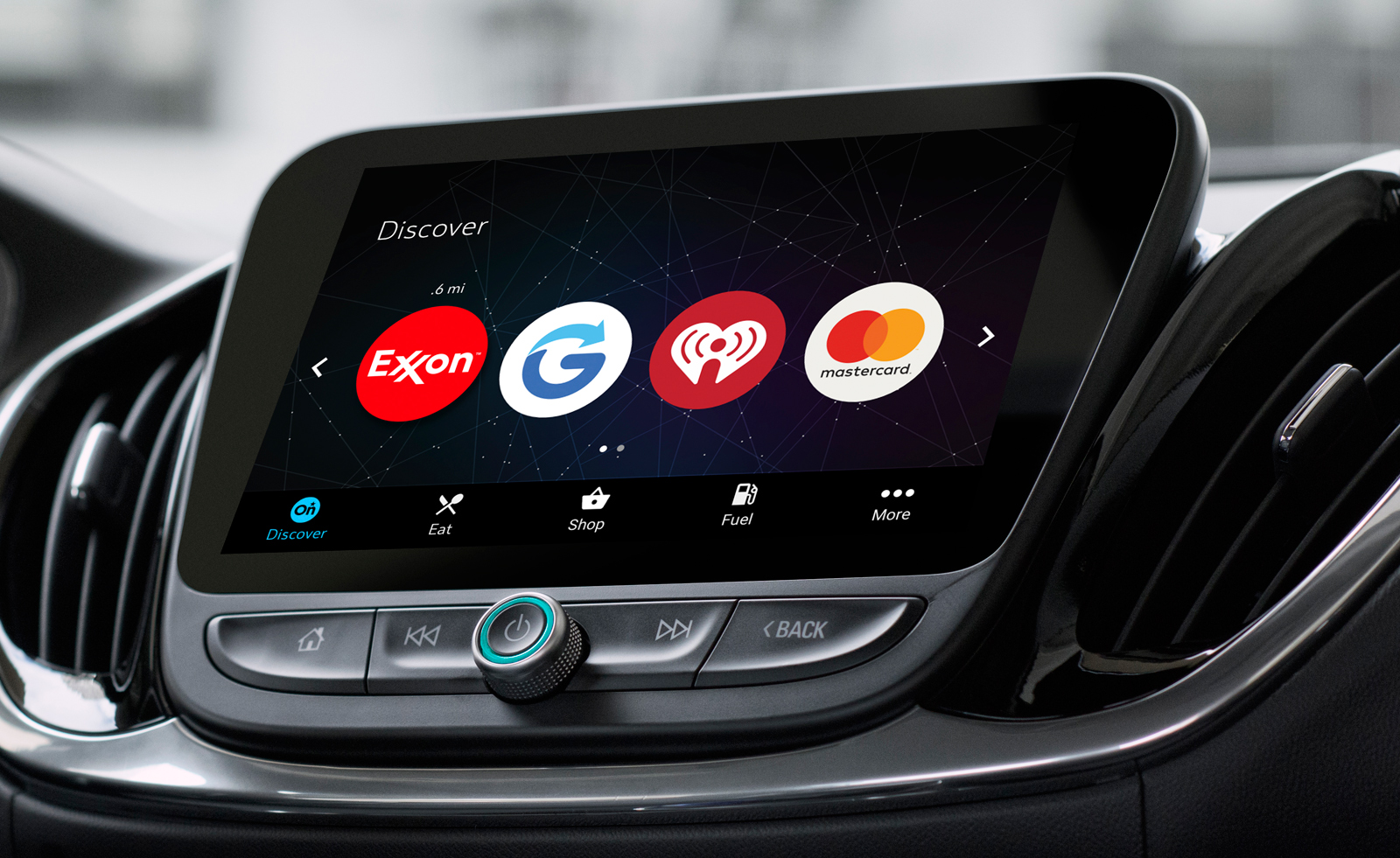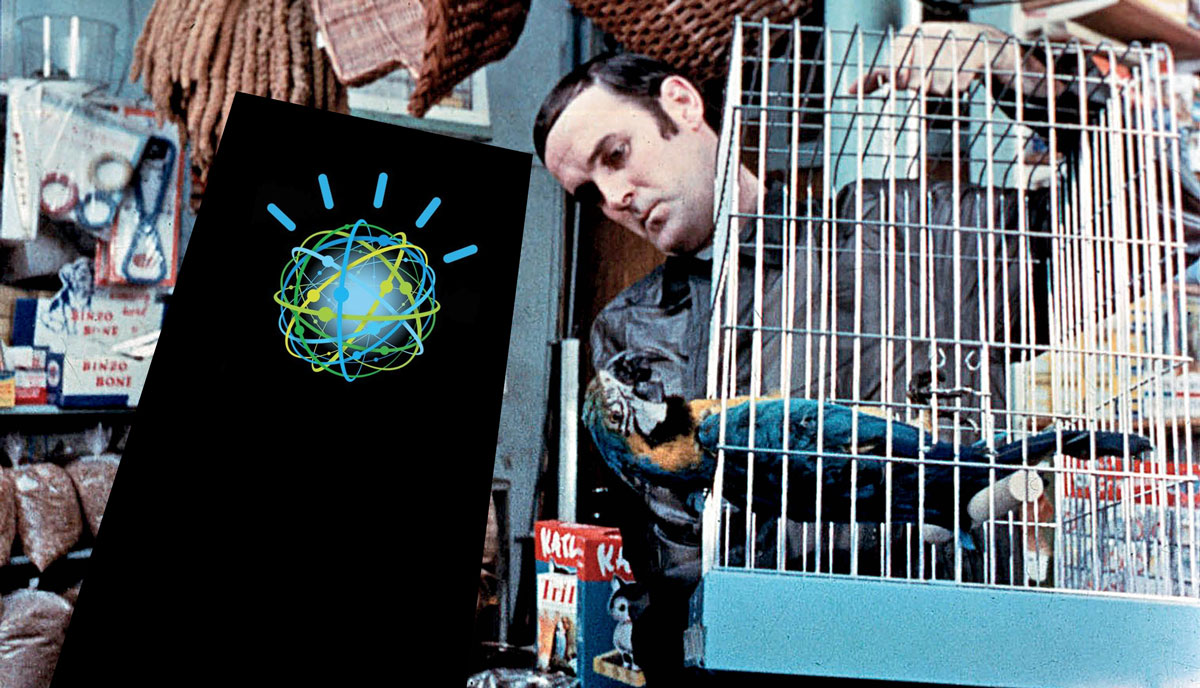
Many studies have shown that any kind of distracted driving is a bad thing, but Intel wanted to take a closer look at our driving behavior to determine if we could avoid it in the first place. Paul Crawford, a senior research scientist in Intel's Interaction and Experience Research Lab, sought to do just that in a comprehensive investigation that seeks to understand not just where drivers are looking, but how they're thinking. By doing this, Intel hopes to alert the driver of any mental warning signs before he or she even gets behind the wheel.
At a recent Research @ Intel event in San Francisco, Crawford used a racing car gaming set-up to demonstrate both visual and mental diversions with eye-tracking software and a functional near-infrared spectrometer headband. The latter is used to gauge the metabolic activity and cognitive workload of the brain under different driving conditions, which in this case fluctuated between a peaceful drive and a high-speed chase. Crawford also threw in a few questions and mathematical problems at the test subject to complicate matters. As you might expect, the brain was highly active during the more challenging scenarios and less so in the other. Crawford told us he hopes that the findings will point to ways we can optimize our environmental conditions and taskloads so that we can perform better, not just when driving but in everyday tasks as well. To see the demo in action and hear Crawford's words for yourself, check out the video after the break.
Michael Gorman contributed to this report.
Filed under: Science, Intel
Comments
 Jeopardy-winning Watson is getting better and better at designing cancer treatments. New data presented this week at the American Society of Clinical Oncology's annual meeting show that IBM's Watson for Oncology suggests cancer treatments that are of...
Jeopardy-winning Watson is getting better and better at designing cancer treatments. New data presented this week at the American Society of Clinical Oncology's annual meeting show that IBM's Watson for Oncology suggests cancer treatments that are of...
 Jeopardy-winning Watson is getting better and better at designing cancer treatments. New data presented this week at the American Society of Clinical Oncology's annual meeting show that IBM's Watson for Oncology suggests cancer treatments that are of...
Jeopardy-winning Watson is getting better and better at designing cancer treatments. New data presented this week at the American Society of Clinical Oncology's annual meeting show that IBM's Watson for Oncology suggests cancer treatments that are of...
 IBM's Watson technology has helped doctors before, but usually by poring through databases before offering its advice. Now, it's ready to look at the patients themselves -- or rather, their body scans. It's following up on past promises by launching...
IBM's Watson technology has helped doctors before, but usually by poring through databases before offering its advice. Now, it's ready to look at the patients themselves -- or rather, their body scans. It's following up on past promises by launching...
 It's tempting to treat IBM's Watson as a cure-all: just throw some cognitive computing at the problem and you'll make everything better. That can only happen if it's well-implemented, however, and we've just seen what happens when things go awry. T...
It's tempting to treat IBM's Watson as a cure-all: just throw some cognitive computing at the problem and you'll make everything better. That can only happen if it's well-implemented, however, and we've just seen what happens when things go awry. T...
 If it wasn't already clear that AI-powered voice assistants are ready for the workplace, it is now. IBM is not only launching Watson for Cybersecurity, a cognitive computing service that parses legions of security reports to extract relevant info, bu...
If it wasn't already clear that AI-powered voice assistants are ready for the workplace, it is now. IBM is not only launching Watson for Cybersecurity, a cognitive computing service that parses legions of security reports to extract relevant info, bu...
 Artificial intelligence isn't just being used to automate cars... it's finding a home in conventional cars, too. GM has unveiled a partnership with IBM that will see the Watson cognitive computing platform power OnStar Go, its latest in-car service...
Artificial intelligence isn't just being used to automate cars... it's finding a home in conventional cars, too. GM has unveiled a partnership with IBM that will see the Watson cognitive computing platform power OnStar Go, its latest in-car service...
 After elbowing its way into hospitals and restaurants, it was inevitable that IBM's supercomputer would turn its attention towards the retail business. IBM has launched Watson Trend, a service that harnesses Watson's deep learning smarts in order t...
After elbowing its way into hospitals and restaurants, it was inevitable that IBM's supercomputer would turn its attention towards the retail business. IBM has launched Watson Trend, a service that harnesses Watson's deep learning smarts in order t...






